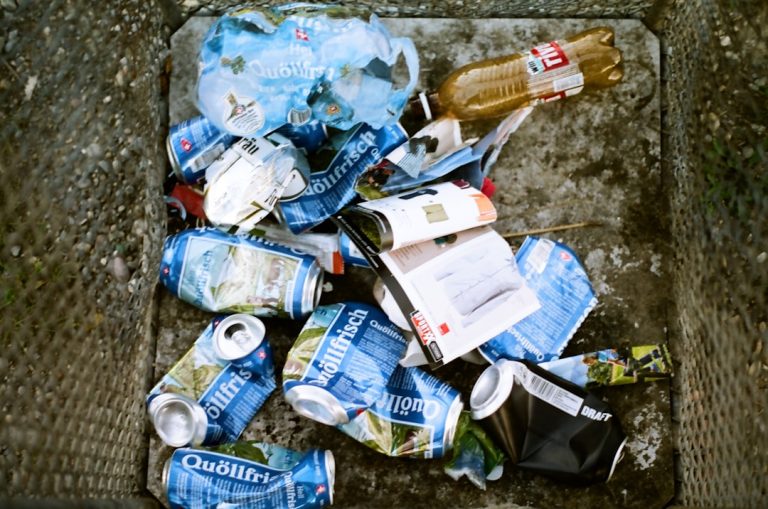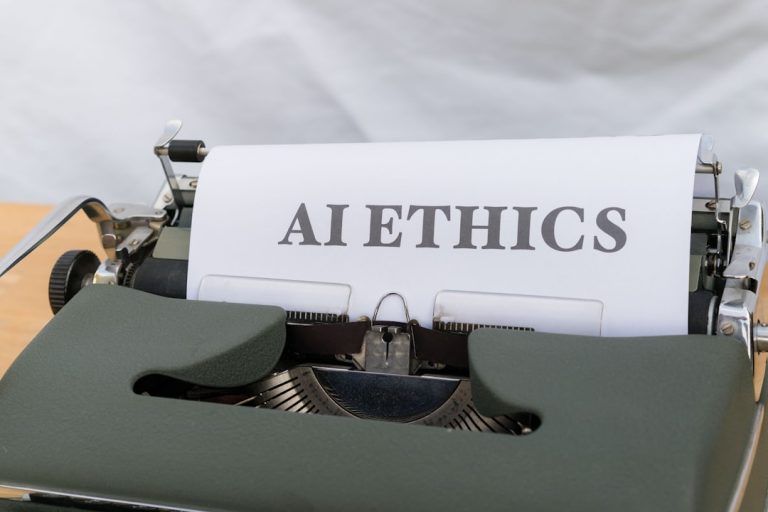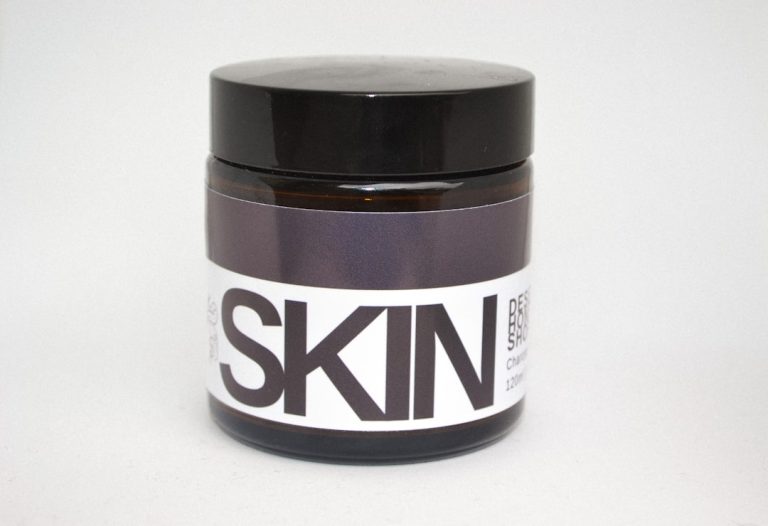How I Choose Eco-friendly Kids’ Toys (safe & Sustainable Play).
As a parent, I’m constantly navigating the world of choices for my children, and few decisions feel as impactful as the toys we bring into our home. It’s not just about entertainment; it’s about safety, developmental growth, and increasingly, our planet’s future. The market is saturated with options, many of which are made from questionable materials or designed for fleeting engagement. This is why I’ve developed a mindful, deeply personal approach to selecting eco-friendly kids’ toys that ensure both safety and truly sustainable play. It’s a journey of learning, scrutinizing, and prioritizing what truly matters for my little ones and the world they’ll inherit. If you’re looking to make more conscious toy choices, let me share the criteria and thought process I rely on to fill our play space with joy, intention, and sustainability. This isn’t just about consumerism; it’s about fostering a healthier environment for our children to thrive in, both now and in the future.
Beyond the Buzzwords: Defining What ‘Eco-Friendly’ Truly Means for My Kids’ Playtime
When I first embarked on this journey, “eco-friendly” felt like a vague, often overused term. It quickly became clear that I needed a more concrete definition to guide my choices. For me, an eco-friendly toy isn’t just one that looks “natural” or has a green leaf on its packaging. It encompasses a holistic view of the toy’s lifecycle, from its origins to its eventual end. This means I scrutinize everything from the raw materials used to its manufacturing process, packaging, and even how long it’s likely to last in our home. My definition of eco-friendly play extends to how a toy impacts the environment during its production, its usability, and its eventual disposal or repurposing.
My Material Manifesto: What I Actively Seek Out (and Thoughtfully Avoid)
The core of my selection process lies in understanding the materials. I believe transparency in sourcing and composition is non-negotiable. Here’s a breakdown of what makes it into our playroom and what gets a definitive pass:
- Sustainably Sourced Wood: This is often my first choice for its durability, tactile quality, and natural beauty. I look for solid wood toys made from maple, beech, or rubberwood, which are known for their strength and fine grain. Crucially, I insist on Forest Stewardship Council (FSC) certified wood. This certification isn’t just a label; it assures me that the wood comes from responsibly managed forests, promoting ecological balance, biodiversity, and fair labor practices. I prefer untreated wood or those finished with non-toxic, water-based paints and sealants, or natural oils like beeswax or linseed oil, which are safe for little mouths and hands.
- Natural Rubber: For teethers, bath toys, and certain sensory items, natural rubber is an exceptional alternative to petroleum-based plastics. Sourced from the sap of rubber trees (Hevea brasiliensis), it’s a rapidly renewable resource, biodegradable, and wonderfully soft yet resilient. I always ensure it’s 100% natural rubber, free from PVC, BPA, phthalates, and nitrosamines, which are common culprits in synthetic rubber and plastics. Brands often specify if their natural rubber is sustainably harvested.
- Organic Cotton and Wool: For soft toys, dolls, play mats, and plush companions, I prioritize organic cotton or wool. These materials are grown or raised without harmful synthetic pesticides, herbicides, or genetically modified organisms, making them significantly safer for children’s sensitive skin and less impactful on the environment. Global Organic Textile Standard (GOTS) certification is my go-to here, ensuring not only organic raw materials but also environmentally and socially responsible manufacturing throughout the supply chain.
- Recycled & Recyclable Plastics (with extreme caution): While I generally lean away from plastic due to its environmental footprint, I acknowledge its durability and functionality for certain types of play, particularly outdoor or water play where other materials might degrade quickly. If I do consider plastic, it must be made from 100% recycled content (e.g., recycled milk jugs or ocean-bound plastic) and be clearly marked as recyclable at its end of life. I’m incredibly wary of mystery plastics and always check for BPA, phthalate, and lead-free declarations, understanding that even “BPA-free” doesn’t always mean chemical-free. My preference is to find non-plastic alternatives whenever possible.
- Bamboo: A rapidly renewable resource, bamboo is technically a grass that grows incredibly fast without the need for pesticides or excessive water. It’s lightweight, remarkably durable, and naturally antibacterial, making it an excellent choice for blocks, puzzles, eating utensils, and even some construction sets. It offers a smooth finish and a unique aesthetic.
- Silicone (food-grade): For certain items like stacking cups, sensory toys, or feeding accessories, food-grade silicone can be a good, inert option. It’s derived from sand, durable, resistant to extreme temperatures, and free from many of the chemicals found in traditional plastics. I ensure it’s 100% pure food-grade silicone, not a blend, and that it passes a “pinch test” (no white residue when stretched) to indicate purity.
Conversely, I actively avoid toys made from PVC (polyvinyl chloride), phthalates, BPA, and lead paints. PVC often contains phthalates, which are endocrine disruptors, and its production and disposal release toxic chemicals into the environment. BPA is another endocrine disruptor, and lead paints are neurotoxins. My goal is to minimize our family’s exposure to these harmful substances while supporting industries that prioritize planetary health and child safety.
My Non-Negotiables: Prioritizing Safety in Every Sustainable Toy Choice
While eco-friendliness is paramount, it never trumps safety. In fact, for me, true sustainability inherently includes safety. What good is a biodegradable toy if it poses a choking hazard or contains hidden toxins? My commitment to choosing safe toys is unwavering, and it involves a multi-layered assessment that goes beyond just the materials.
I always start by checking for age-appropriateness. A toy designed for a five-year-old might be completely unsafe for a toddler due to small parts or intricate mechanisms. I adhere strictly to manufacturer age recommendations, but I also use my own judgment based on my child’s developmental stage and individual tendencies (e.g., a child who still mouths everything needs different considerations). Beyond that, I look for robust construction, smooth finishes free of splinters, and a complete absence of sharp edges or pinch points. Durability isn’t just about longevity; it’s about preventing breakage that could create new hazards over time.

Certifications I Trust (and Why They Matter to Me)
Navigating the world of toy safety can feel overwhelming, but specific certifications act as reliable guides for me. These aren’t just fancy labels; they represent rigorous testing and adherence to strict standards, often by independent third parties. When I see these, it significantly boosts my confidence in a toy’s safety and sustainability claims:
- CE Mark: This indicates that a toy sold in the European Economic Area (EEA) conforms with essential health, safety, and environmental protection standards. While it’s a manufacturer’s self-declaration, it’s a legal requirement and a good baseline for safety, implying the product has met EU directives.
- ASTM F963 (U.S.): This is the standard consumer safety specification for toy safety in the United States, developed by ASTM International. Toys meeting this standard have undergone extensive testing for hazards like choking (small parts, magnets), flammability, toxicity (heavy metals), impact, torque, and tension. I often cross-reference this with information from the Consumer Product Safety Commission (CPSC), which enforces these standards.
- OEKO-TEX Standard 100: For textiles, especially those that will be frequently mouthed or cuddled, this certification is invaluable. It ensures that every component of the product, from the outer fabric to the stitching thread and even buttons, has been tested for a wide range of harmful substances and is therefore harmless for human health. It’s a critical certification for soft toys, dolls, and clothing, providing peace of mind against known toxins.
- Greenguard Gold Certified: This certification, particularly relevant for larger items like play furniture, art supplies, or even some building blocks, indicates that a product has been tested for more than 10,000 volatile organic compounds (VOCs) and is low-emitting. This contributes significantly to healthier indoor air quality, which is crucial for children spending hours playing indoors.
- Non-toxic Paints & Finishes: Even if a toy is made of beautiful, sustainably sourced wood, if it’s painted with toxic






